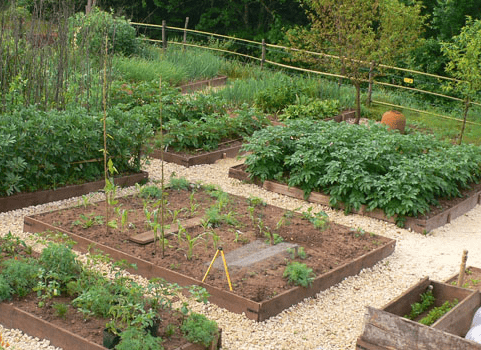January often arrives with mixed blessings: cold, dreary weather and seed catalogs that remind us that spring is only a couple of months away. Garden catalogs, whether they arrive in the mail or pop-up in our favorite social media apps, can be enticing, luring us with their bright images of beautiful blooms, intriguing shrubs and trees, and mouthwatering vegetables. To manage their lure, it’s a good idea to approach seed catalogs with three things in mind: an idea of how you want your flower garden to look or what you want your vegetable garden to produce, what kind of gardener you are, and, most importantly, a budget.
Are you the type of gardener who likes to get things started and then move on to other things or do you enjoy tinkering in the garden all season? Are you planning any trips this summer, which might leave you trying to find someone to water or harvest your garden during the height of summer?
If you had a vegetable garden last year, think about which plants succeeded and which may have struggled. Consider the fruits and vegetables your family enjoys eating and also your planting location. Does it get full sun or partial shade? Does it get hot afternoon sun or gentle morning sun? Do you want to start your plants from seed or are you more inclined to buy young plants for transplanting?

The former is less expensive and often gives you more varieties to choose. Some plants, like tomatoes, may need a protected environment to start seeds, and others, such as lettuces, can be direct-sown when the soil heats up enough in spring.
When it comes to planting a flower or foliage garden in your landscape, plan your design first. It’s easy to fall for that picture of the lovely flowering tree, but it may mature to a size that’s not right for your landscape. Things to think about when deciding which plants to buy for your garden include your growing zone, width and height of the plant at maturity, whether you get more sun or shade, terrain, soil type and soil moisture levels. Try searching for plant reviews online and see how others used the plant in their landscapes.
If you are planning to plant a garden for the first time, take this year to try your hand with one or two types of plants and explore what it is you enjoy about gardening. If you are a more experienced gardener, seed catalogs offer new and different varieties to try. With an abundance of heirloom vegetable varieties and an ever-expanding list of flowering cultivars available, you can experiment by mixing in something new among your tried-and-true plants.
Remember, when leafing through a seed catalog, your eyes can be bigger than your budget or the time you have to spare planting and tending to everything you buy. Dream big but move cautiously. You might end up with a garden that is the envy of the neighborhood.
— Kelly Jackson, Christian County Extension Agent



